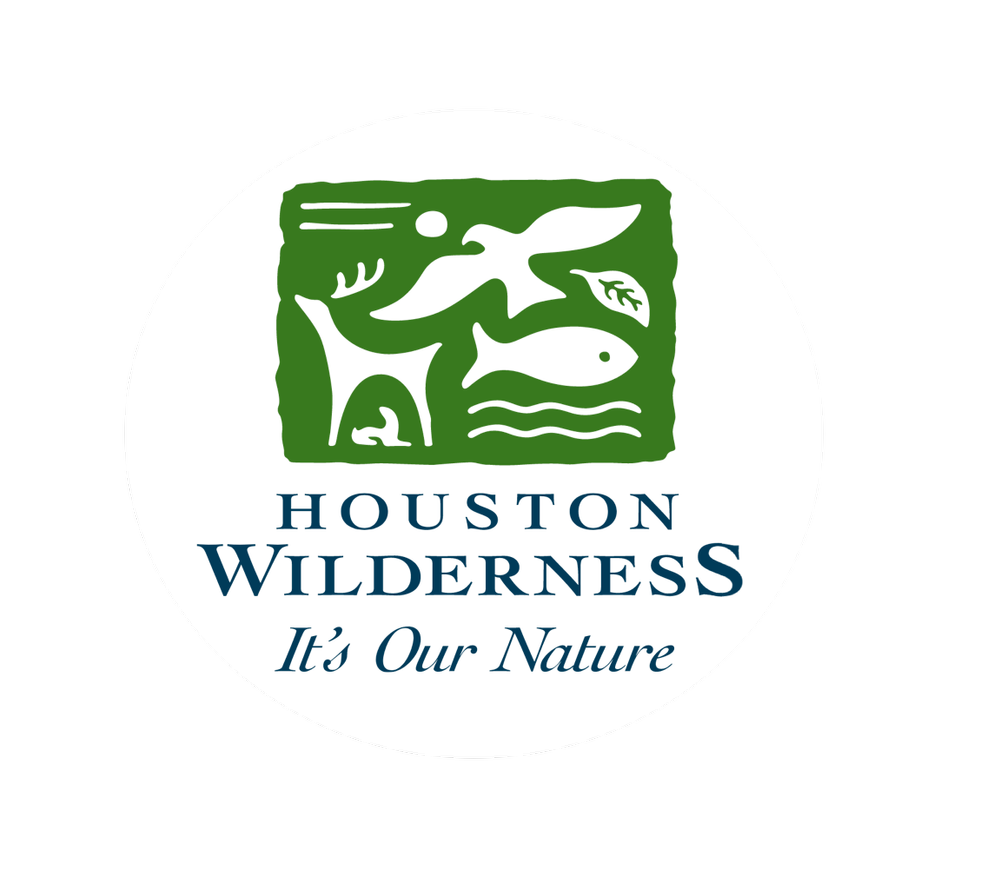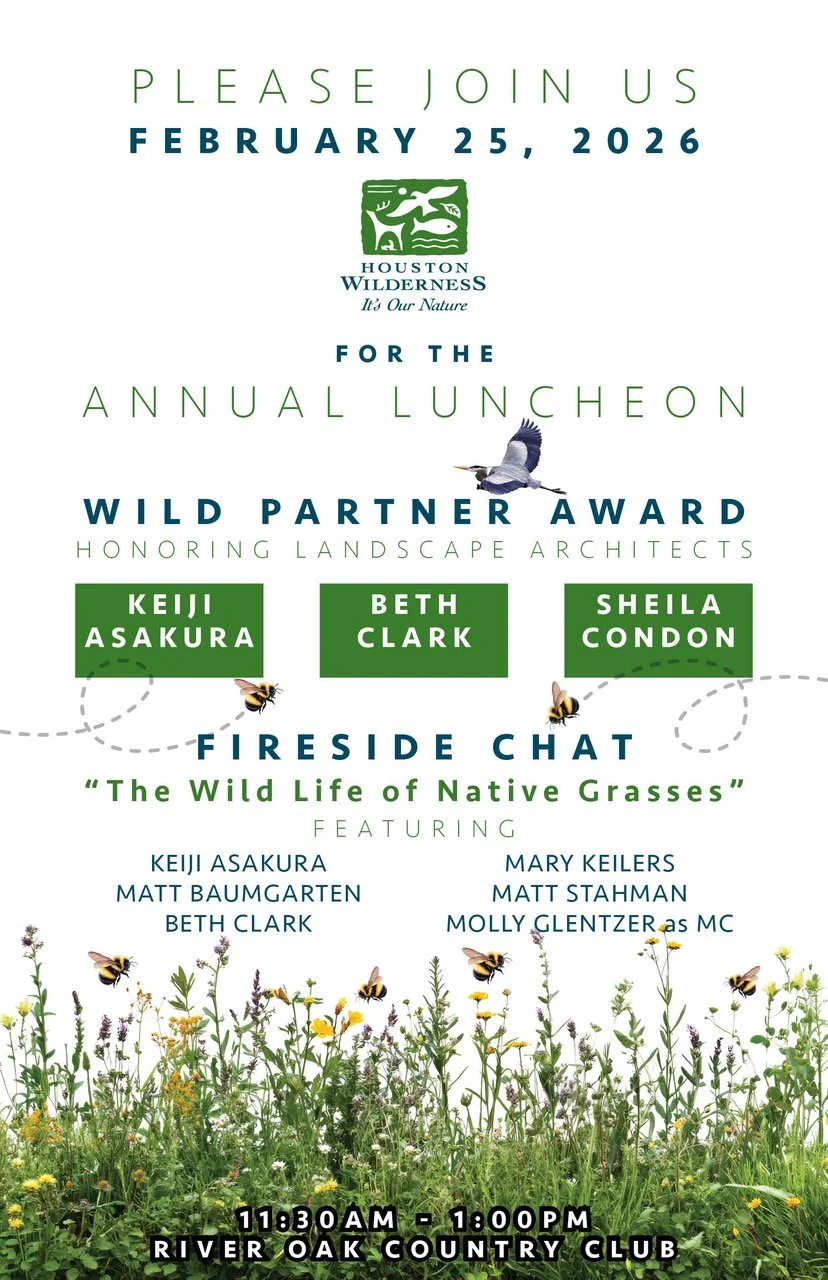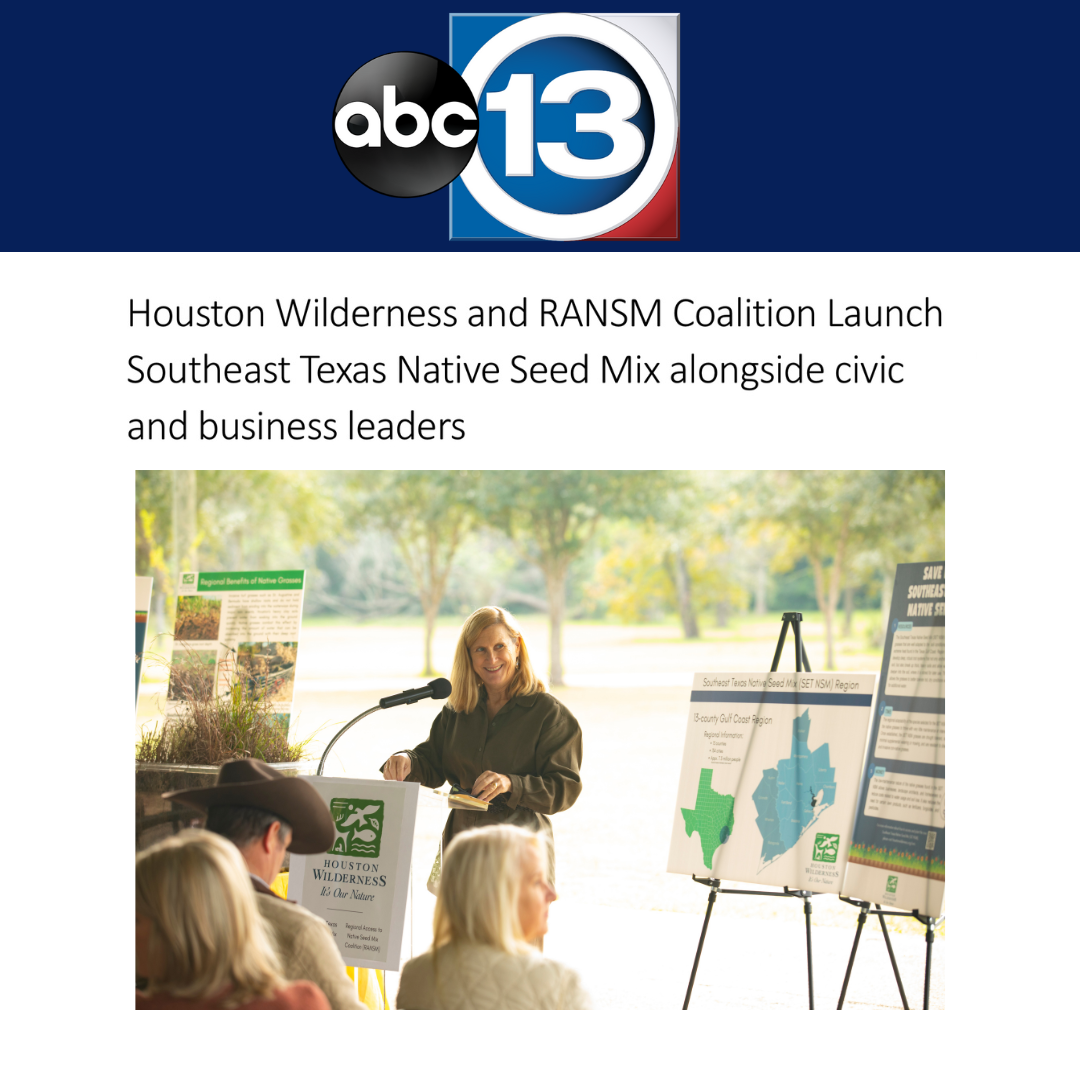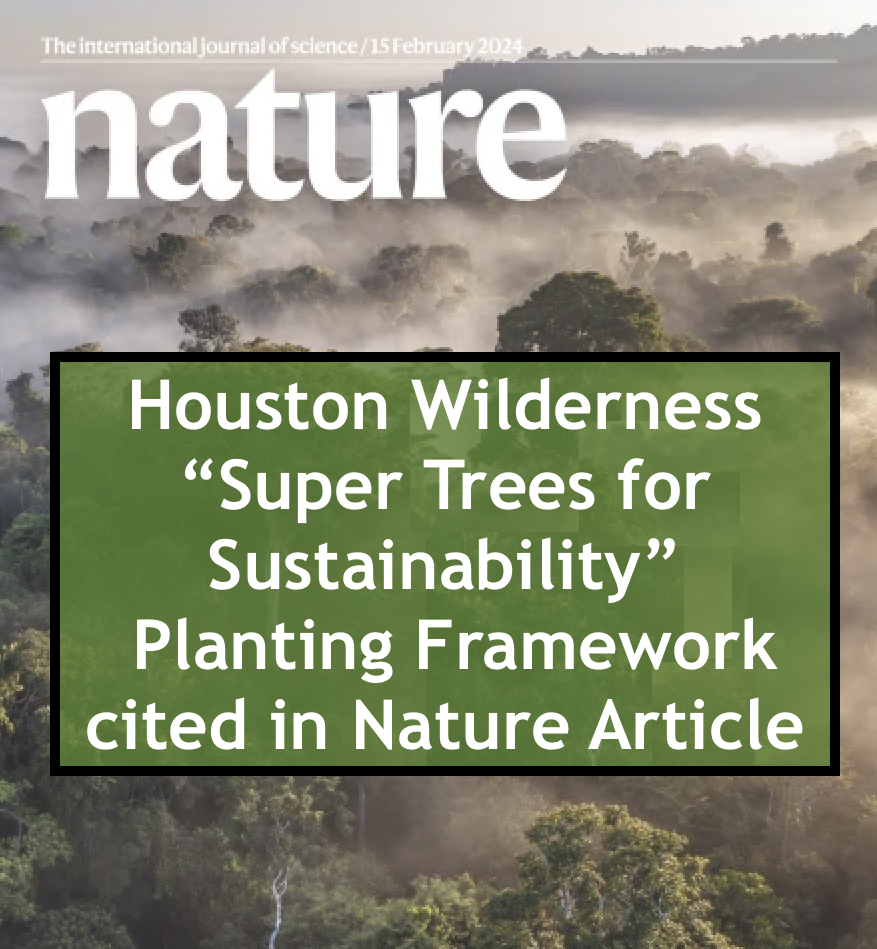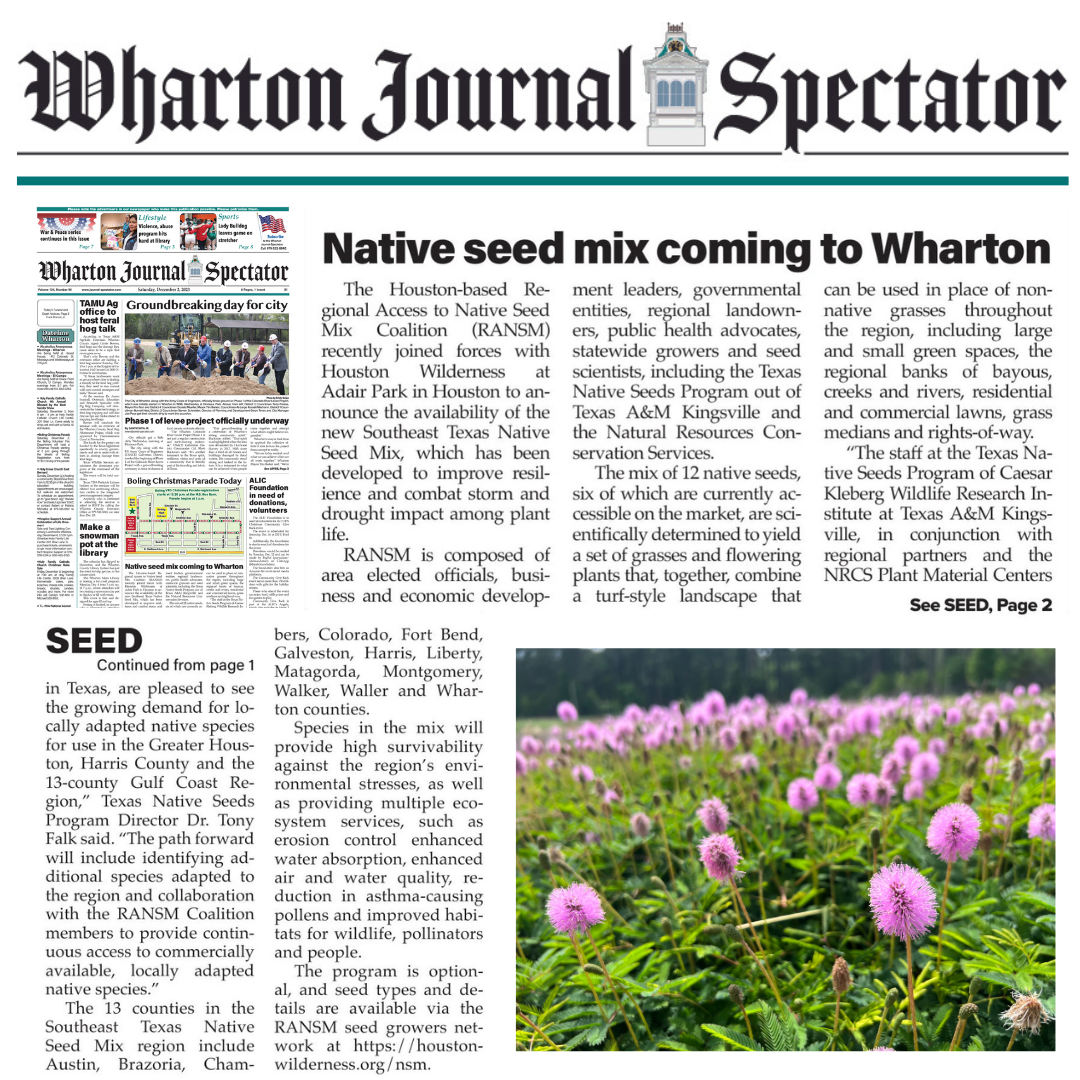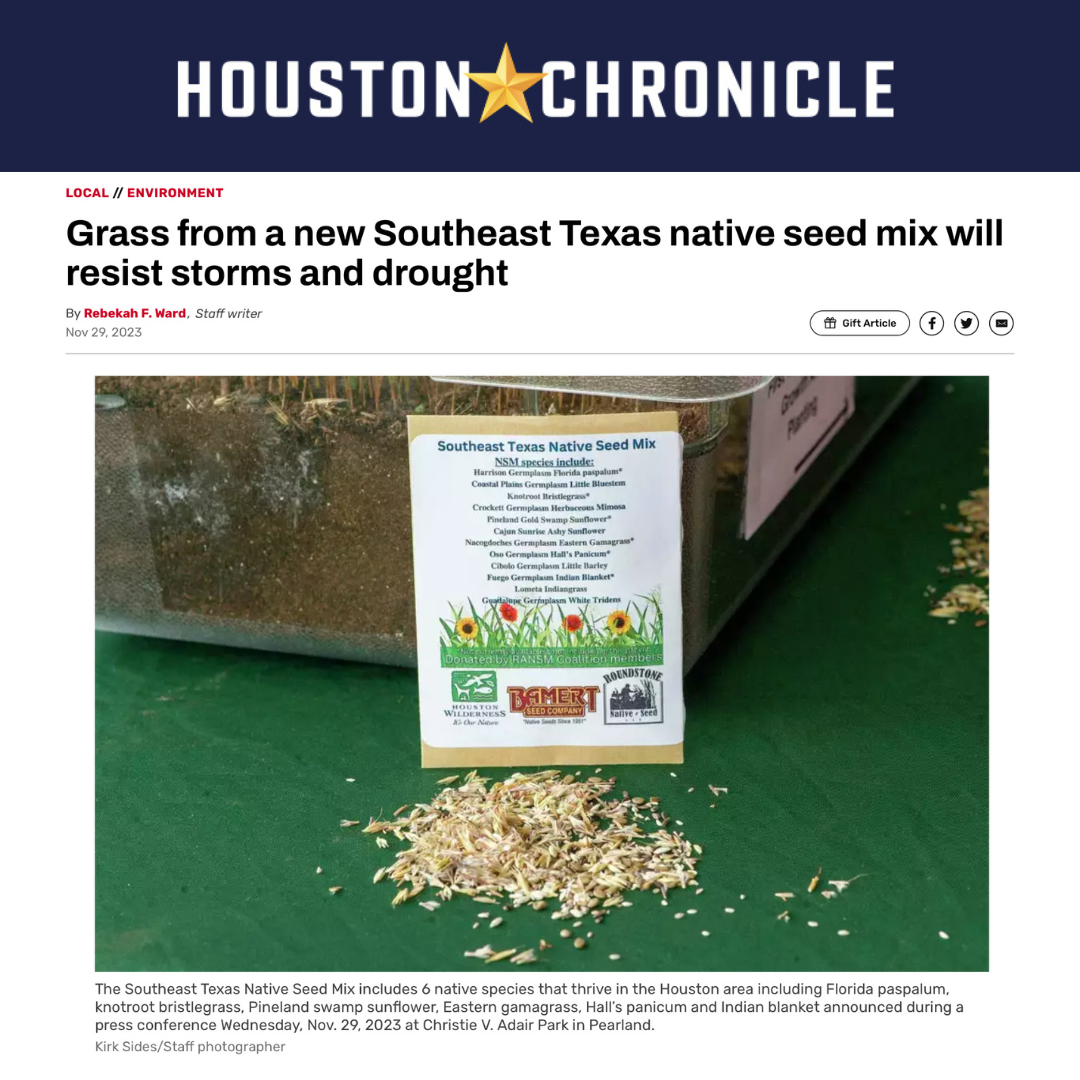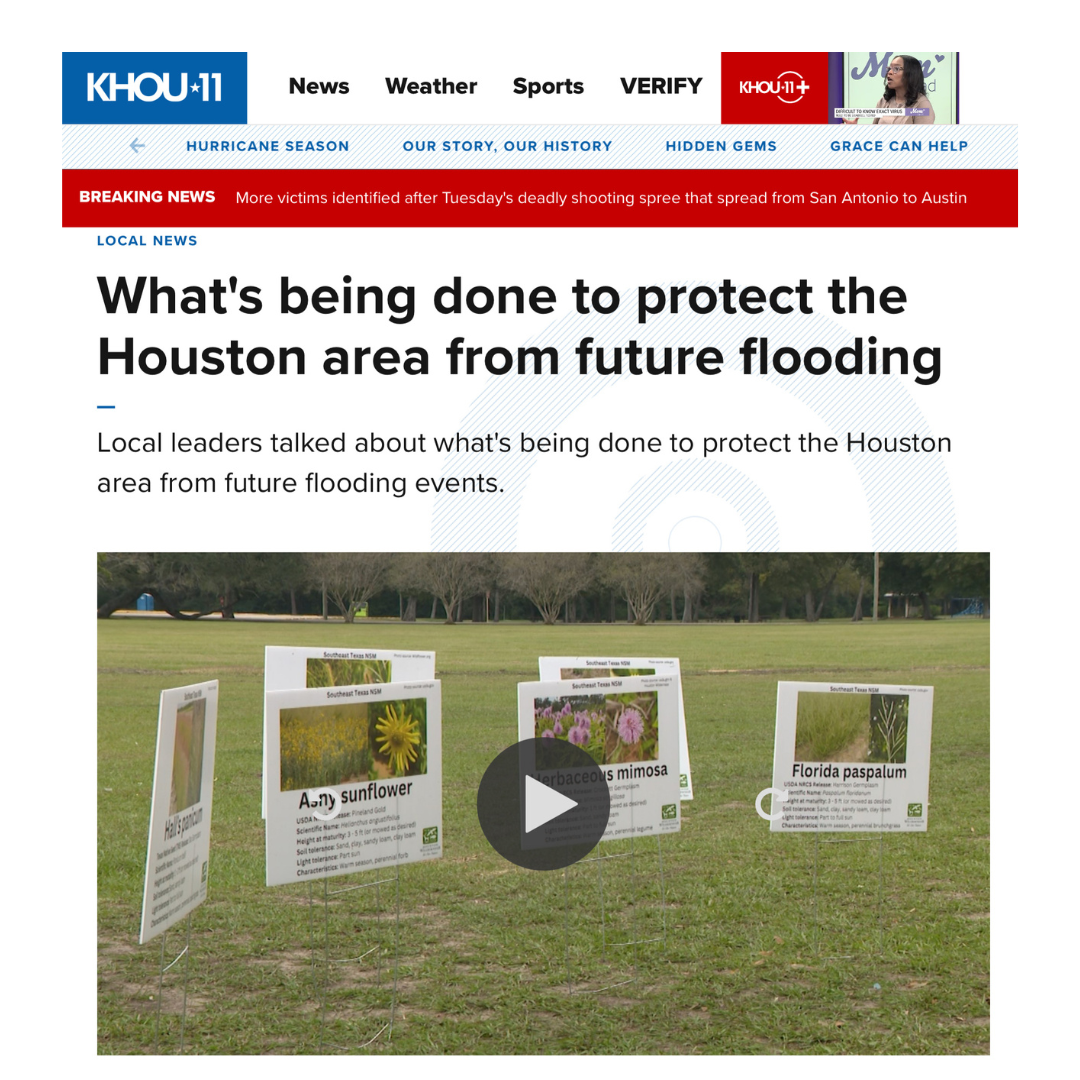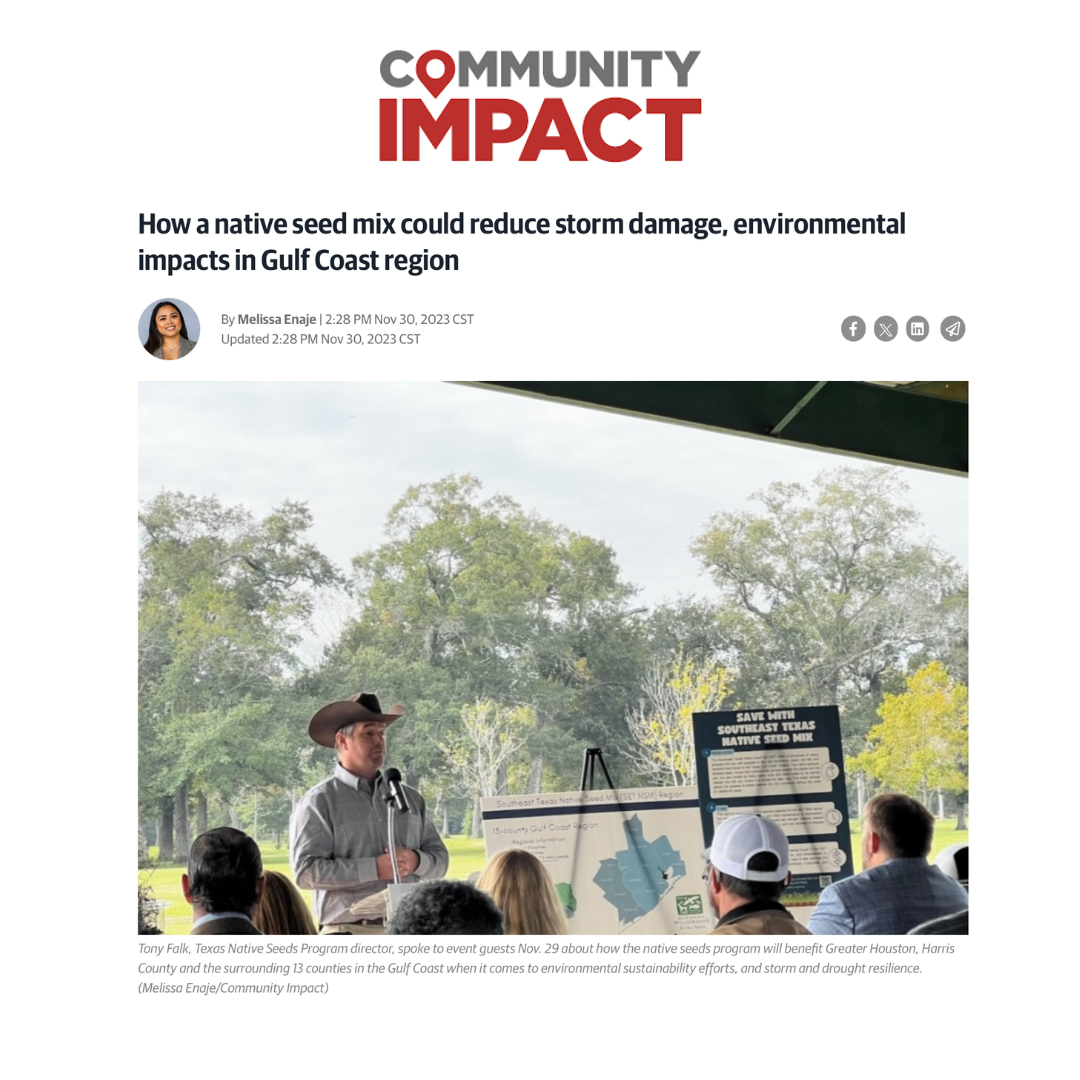COLUMBIA BOTTOMLANDS
ABOUT THE COLUMBIA BOTTOMLANDS
Stretching inland from the Gulf beaches into the bottomland forests of the Brazos and San Bernard River basins, the San Bernard National Wildlife Refuge provides a vital corridor of habitat for migrating and wintering birds. Established to provide wintering habitat for migratory waterfowl and other bird species, the refuge serves as an end point for the ducks and geese migrating south along the Central Flyway for the winter. It also serves as an entry point for neotropical migratory songbirds headed north to their breeding grounds, exhausted from their 600-mile crossing of the Gulf of Mexico. Designated an Internationally Significant Shorebird Site by the Western Hemisphere Shorebird Reserve Network, San Bernard National Wildlife Refuge is a must-see for any birder interested in shorebirds, waterbirds and nearctic-neotropical migrants.
Every year, tons of migratory birds pass through the Columbia Bottomlands. Dowitchers, Dunlins, Lesser Yellowlegs, Semipalmated and Western Sandpipers can best be seen in the spring between mid-March and mid-May and in the fall between July and September. 24 species of ducks and 4 species of geese winter on the refuge and can be seen October through March. The refuge also supports Mississippi Kites, Crested Caracaras, Harris’s Hawks, and Bald Eagles throughout the year.
Visitors can bike, bird-watch, camp, hike, hunt, fish, horseback ride and more in the ecoregion.
To read more about Columbia Bottomlands, download our atlas!
COLUMBIA BOTTOMLANDS SITES
San Bernard National Wildlife Refuge
Download Houston Wilderness' List of Ecoregion Sites for information on sites in all 10 ecoregions.
TOP 10 FACTS ABOUT...
THE COLUMBIA BOTTOMLANDS
1) Many species of trees call the Columbia Bottomlands home, including Green Ash, Hackberry, Honey Locust, Pignut, Hickory, Cherry Laurel, American Beech, Magnolia and Pecan Trees.
2) The Columbia Bottomland is an important stopover habitat for migrating birds like Swallow-tailed Kite, Broad-winged Hawk, Whooping Crane, Nashville Warbler, Wood Thrushes and Yellow-headed Blackbird.
3) One of the state’s oldest and largest Live Oak Trees resides in the San Bernard National Wildlife Refuge.
4) More than 320 species of birds, 95 species of reptiles and amphibians, and 130 species of butterflies and dragonflies are found in the Columbia Bottomlands.
5) The soil orders of the Columbia Bottomlands are vertisols and mollisols.
6) Brazos Bend State Park, one of the most heavily used state parks in the region, boasts over 5,000 acres and is located on one of the bottomland’s coastal prairies, the floodplains of the Brazoria River.
7) Hudson Woods Unit is one of the most beautiful and accessible areas of the San Bernard National Wildlife Refuge. Open to the public year-round, it offers an oxbow lake (Scoby Lake) and 3 walking trails for recreation.
8) The Columbia Bottomlands hold six or seven active Bald Eagle nests. The San Bernard National Wildlife Refuge is a haven for raptors, especially in the autumn. Merlin, White-tailed Hawk, Northern Harrier, Red-tail and Broad-wing Hawk are among the species.
9) During the height of migration, it is estimated that 239 million birds representing 237 species pass through the Columbia Bottomlands each spring.
10) Common residents of the Columbia Bottomlands include Swamp Rabbits, Bull Frogs, Red-eared Slider Turtles, the Black-bellied Whistling Duck and White-tailed Deer.
Banner Photo by Cliff Meinhardt
